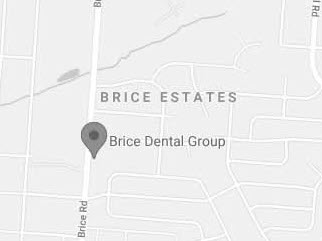It’s easy to remember the basics about dental health. Most people know that they need to brush twice a day, floss often, and schedule checkups every six months. The following questions and answers offer important information about your oral health.
How does the dentist find a cavity?
Although some practices now have technology to aid in cavity detection, many dentists check the old-fashioned way. During your exam, the dentist uses a metal instrument to touch the surface of your teeth. If the tooth feels soft, that may indicate the presence of tooth decay.
What’s the difference between amalgam and composite fillings?
For years, metal filling were the choice for repairing teeth damaged by cavities. Over time, amalgam fillings can darken as well as change shape, which can cause them to leak. Now, composite fillings are often used instead. These tooth-colored restorations keep your smile looking good, and they allow for more conservative therapy.
Does teeth whitening work?
If you want a stunning smile, professional teeth whitening can give you beautiful results in many cases. For certain types of discolorations, like tetracycline staining, teeth bleaching may not work, but you could consider other options like porcelain veneers.
Can an adults straighten their teeth?
Absolutely. There is no age limit on a vibrant smile and about 25 percent of orthodontic patients are over 18 years of age. Modern treatment options such as Invisalign clear aligners allow adults to straighten teeth without the embarrassment or discomfort of metal braces.
Is an electronic toothbrush better than a manual toothbrush?
Most dentists agree that the best toothbrush is the one that encourages you to brush. Electronic brushes have benefits including ease of use and more thorough coverage. With manual brushes, they are inexpensive and can be easily replaced/
If you live in the Reynoldsburg area contact us today


